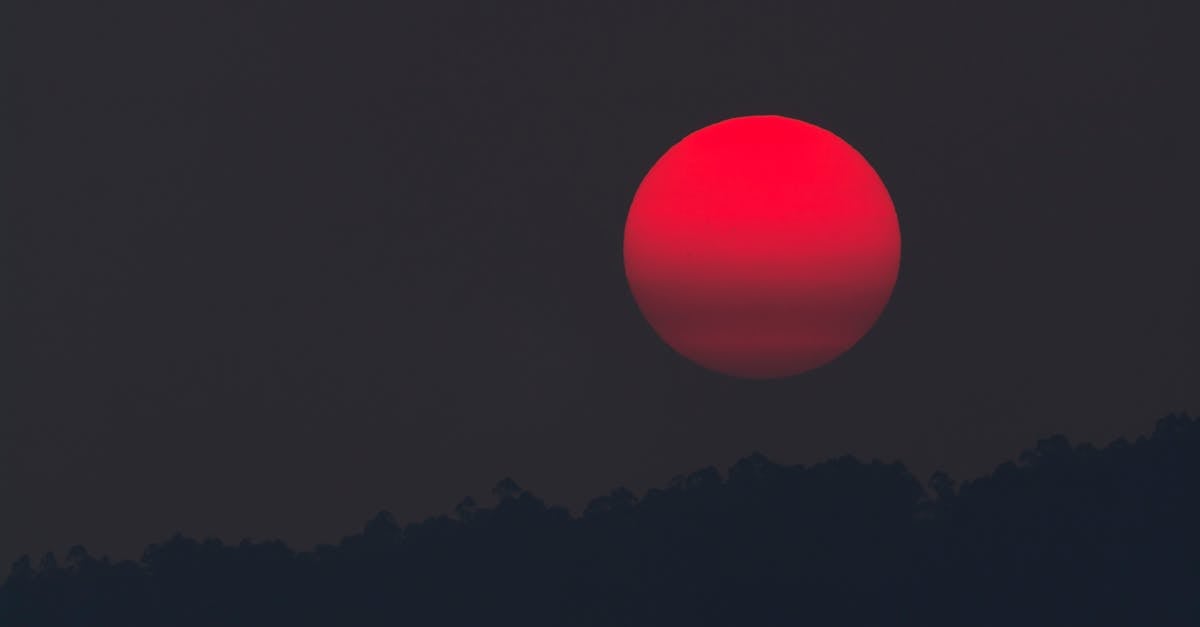On the night of 10 June 2025, stargazers across the world were treated to the dazzling sight of the Strawberry Moon. This full moon wasn’t just a visual delight—it came during a major lunar standstill, a rare event that only occurs every 18.6 years. As a result, the moon appeared lower in the sky and lingered longer on the horizon, giving observers more time to enjoy its soft golden glow.
Despite its name, the Strawberry Moon isn’t red or pink. The term comes from early Native American tribes who used this full moon to mark the season for harvesting wild strawberries. Still, the colour was striking due to the way its light passed through Earth’s atmosphere. In many parts of the world, it looked warmer and richer than usual, adding to its unique charm.
The lunar standstill also changed how the moon behaved. It rose at a shallower angle and stayed closer to the horizon, creating a stunning visual that felt almost surreal. For those who managed to watch it near natural features like trees or mountains, the view was especially memorable. Photography groups, amateur astronomers, and families all stepped outside to take part in the moment.
Why This Moon Mattered
What made this particular full moon so special wasn’t just its beauty—it was its rarity. The last major lunar standstill took place nearly two decades ago. During such periods, the moon reaches extreme points in its rising and setting patterns, making it appear in parts of the sky it usually avoids. These moments don’t last long and are difficult to catch unless one knows when to look.
In the UK and other northern regions, the moon appeared lower and moved in wide arcs. In some places, it was visible longer than normal. This gave people a rare chance to track its slow path across the sky and notice small changes in its size and brightness. Some locations even hosted guided events to help newcomers understand what they were seeing.
For those who enjoy skywatching but aren’t experts, the event served as a reminder of how much can be seen without a telescope. A clear evening, a quiet place, and a simple glance upward were all that was needed to take part. Children stayed up late, neighbours gathered in parks, and families made the most of the clear weather to enjoy something far from everyday life.
Social media buzzed with photos and short videos capturing the moon’s unusual glow. The event also sparked curiosity about other sky events to come later in the year, bringing new attention to lunar cycles and natural rhythms that often go unnoticed.
The Moon in Culture and Myth
Across time and culture, full moons have carried deep meaning. The Strawberry Moon, in particular, has links to farming, gathering, and marking seasons. For early peoples, it served as a signal that a short but sweet harvest window had begun. In some cultures, it was also a time for ceremonies and reflection.
This year’s moon brought a chance to connect with those traditions, even in modern cities. Many chose to observe it quietly, while others took part in full moon walks or outdoor gatherings. In places like Ireland, Canada, and Japan, poetry readings and music events were held under the moonlight to mark the occasion.
Photographers and artists also found new inspiration. From sketches to moonlit portraits, the event stirred creative energy across many media. Online forums even shared themed stories and writing prompts linked to the event, encouraging a mix of science and imagination.
Though technology now explains the moon in exact terms, the wonder it brings remains unchanged. Events like this remind people that nature still holds moments of mystery and awe, even in a fast-paced world.
Keeping the Moon in Focus
Events like the Strawberry Moon 2025 serve not only as spectacles but also as tools for education and engagement. Many schools used the opportunity to teach children about moon phases, orbit patterns, and the effects of the moon on Earth’s tides. Creative approaches helped spark interest in younger audiences, making astronomy feel accessible and exciting.
Science centres and planetariums also joined in, offering special programmes and livestreams for those unable to see the moon clearly due to weather or location. These events made the experience more inclusive, connecting people from different parts of the globe through a shared view of the sky.
Experts say that taking part in these natural events can help build awareness of the rhythms of the Earth and sky. As light pollution continues to grow, fewer people have access to clear night skies. Events like this show why it’s worth protecting dark spaces and learning more about what lies just above us.
While the next major lunar standstill won’t come around until the 2040s, there will still be chances to see other sky events. Knowing when and where to look can turn a regular evening into something unforgettable.
Conclusion
The Strawberry Moon of 2025 was more than a date on a calendar—it was a moment that brought people together under a shared sky. From quiet personal reflection to public celebration, the moon reminded many of the power of nature to inspire and connect.
Though it was part of a rare lunar event, it didn’t require special gear or expert knowledge to enjoy. Just time, curiosity, and a view of the sky were enough to take part. Whether it sparked wonder, questions, or creativity, this full moon will likely be remembered for years to come.
As the night passed and the moon sank behind the horizon, it left behind a sense of calm and connection. The sky, always above, continues to offer quiet moments like this for anyone willing to look up.














Leave a Reply